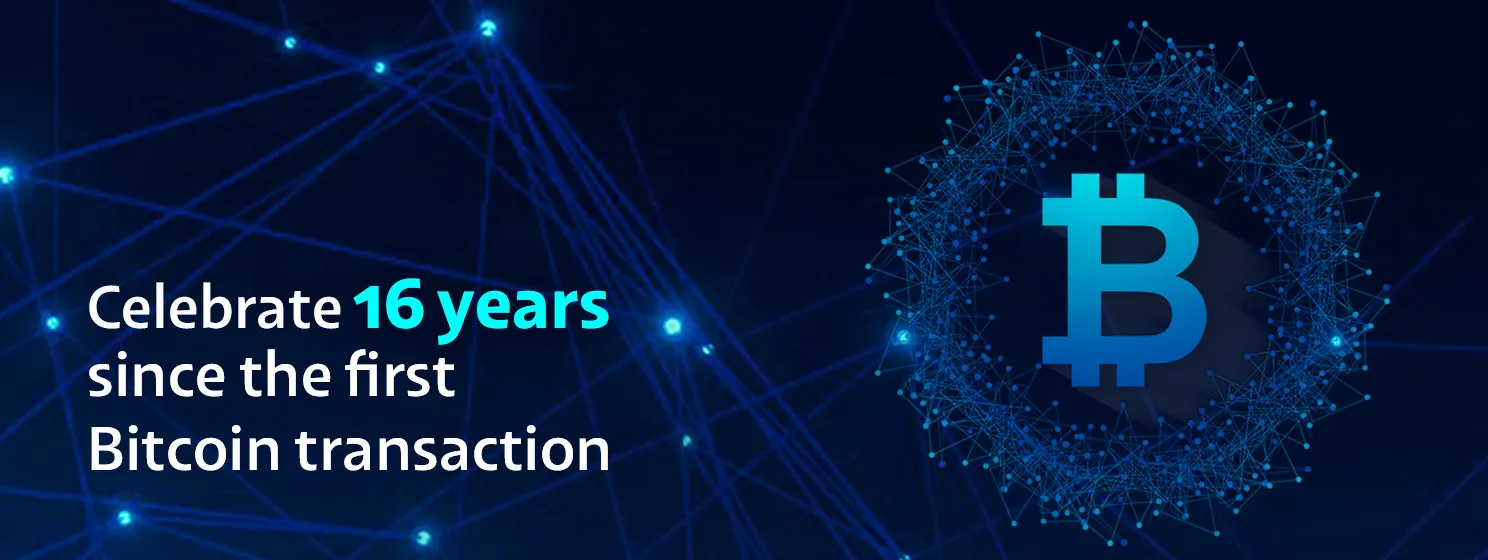|
Getting your Trinity Audio player ready...
|
Sixteen years ago today, Hal Finney received the first-ever Bitcoin transaction. The 10-coin receipt from Satoshi Nakamoto was a simple process and just “a test,” but it marked another early leap of faith that helped spark the Bitcoin revolution and cemented Finney’s place in Bitcoin history.
Since Bitcoin transaction records are public and immutable, you can still find the record of this historic transaction on any blockchain explorer.
Already well-known at the time as a cryptography activist and one of the inventors of PGP, Finney created the first “reusable proof-of-work” system for digital tokens in 2004. Requiring machines to validate data transactions by performing complex computational tasks would later become the backbone of Bitcoin’s consensus mechanism.
Finney might have made an even larger contribution to Bitcoin development, but just a few months after that first transaction, he was diagnosed with amyotrophic lateral sclerosis (ALS) and stepped back from his Bitcoin work. The disease would slowly take away his physical abilities over the next five years. His mind remained very active, and in 2013, he wrote the equally-legendary forum post “Bitcoin and me” (when Bitcoin became a frequent media topic). It describes in detail his early thoughts while remaining characteristically humble about his role. Hal Finney passed away in August 2014, aged 58.
Hal Finney’s other significant contribution to Bitcoin
In addition to receiving the first-ever transaction on the Bitcoin network, Finney is also legendary in Bitcoin lore for being the first person to respond positively to the Bitcoin concept. The canonical first mention of Bitcoin is a post from Satoshi Nakamoto on the Cryptography Mailing List in October 2008, announcing the publication of the Bitcoin white paper.
The first three responders were curious about the idea, but doubted it could work:
“We very, very much need such a system, but the way I understand your proposal, it does not seem to scale to the required size.” – James Donald
“The good guys have vastly less computational firepower than the bad guys. I also have my doubts about other issues, but this one is the killer.” – John Levine
“I think the real issue with this system is the market for bitcoins. Computing proofs-of-work have no intrinsic value.” – Ray Dillinger
It’s worth noting that these were, and still are, valid concerns in Donald’s case. The scaling issue, in particular, would continue to haunt Bitcoin and has only been solved by the BSV development team after many years of hard work, bitter public spats, and, eventually, two hard forks that split the network into warring tribes. A popular lament of all Bitcoiners is to imagine how much more useful Bitcoin could have become over the past 16 years if so much energy had not been wasted on arguments over Bitcoin’s structure.
Though these arguments continue, Bitcoin still at least has the potential to change the world (rather than just the fiat-denominated bank balances of its large bagholders).
Anyway, back to Hal
The fourth mailing list response from Finney began with “Bitcoin seems to be a very promising idea.” While he had several questions about aspects of the system he didn’t yet understand, the white paper piqued his interest enough to get involved a few months later.
“Sorry about all the questions, but as I said this does seem to be a very promising and original idea, and I am looking forward to seeing how the concept is further developed.”
On January 11, 2009, following Satoshi’s public release of v0.1 of the Bitcoin protocol software, Finney posted what has become Bitcoin’s most-famous tweet:
“I’ve noticed that cryptographic graybeards (I was in my mid 50s) tend to get cynical,” he wrote of those first reactions a few years later. “I was more idealistic; I have always loved crypto, the mystery and the paradox of it.”
He continued assisting Satoshi in those early days by giving advice, reporting bugs, and contributing code. Those contributions, as well as his initial vote of confidence, have made him one of the most revered figures in the Bitcoin world. While not Satoshi himself, he is the first publicly identifiable individual associated with Bitcoin—at least, that everyone can agree on.
Watch: Teranode is the digital backbone of Bitcoin

 08-21-2025
08-21-2025 





